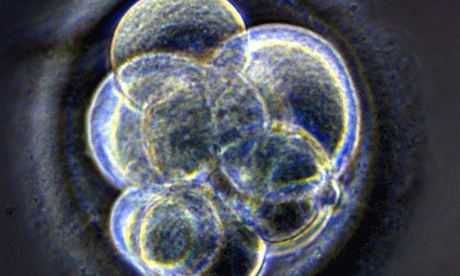
British scientists have received the green light to research devastating diseases such as Alzheimer’s and Parkinson’s using human-animal embryos, after the House of Commons rejected a ban yesterday. Already a wave of contradictions and the scientific world is divided into two camps.
An amendment to the Human Fertilisation and Embryology Bill was rejected in a free vote, preserving what Gordon Brown regarded as a central element of the legislation. Also, the correct term is “human admixed embryos” for medical research. It is believed that these mixed embryos would be very useful in medical research in the above mentioned areas, and not just those.
Still, conservatives led by Edward Leigh, Conservative MP for Gainsborough said that mixing human and animal DNA crossed an “ultimate boundary”. Despite this opposition, the amendment, which would have banned the creation of “true hybrids” made by fertilising an animal egg with human sperm, or vice-versa was defeated.
Still, a part of those who agreed with admixed embryos refused “true hybrids”. Evan Harris, the Liberal Democrat MP for Oxford West asked those people to explain the ethical difference between an embryo that was 99 per cent human and one that was 50 per cent human. It has to be kept in mind that this doesn’t automatically provide an answer or a cure to diseases, but it’s a good start. Still, despite the fact that it is legal to culture admixed embryos up to 14 days, it’s illegal to transfer them to a human or animal womb.
While the ethical dilemma is practically impossible to solve, and the ban was rejected, we can only hope that this research will provide answers to scientists have been searching for years, or even decades. This is another chance for people to work with scientists and doctors, for a common goal.









